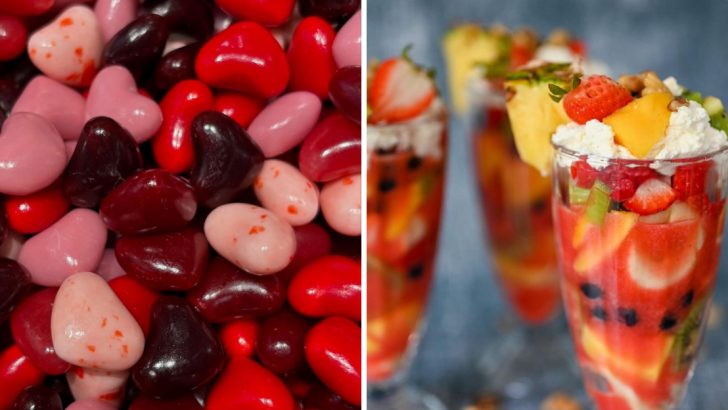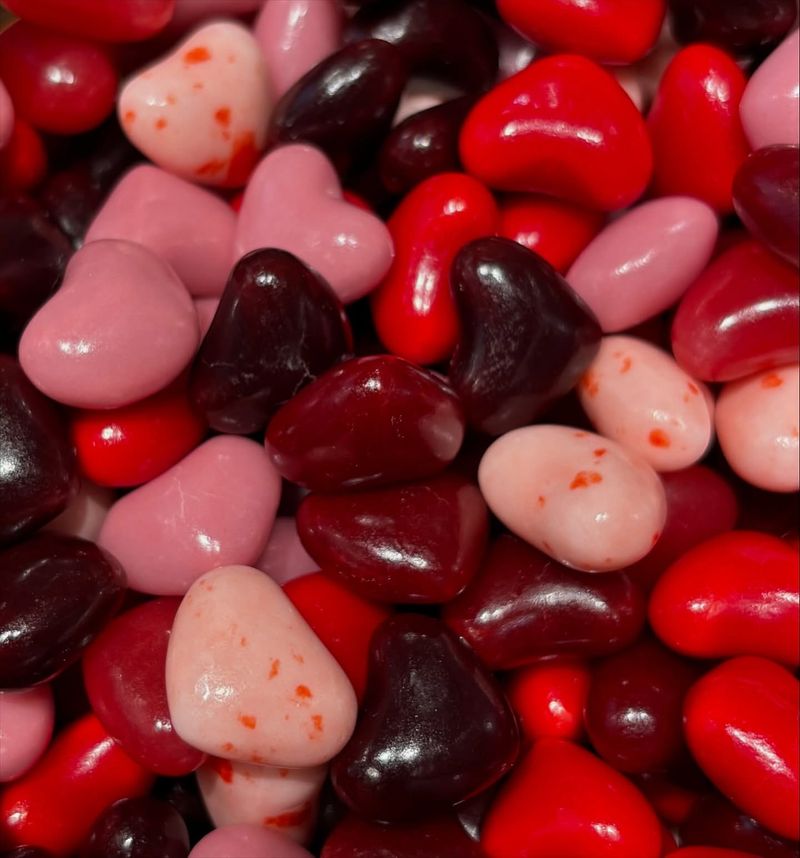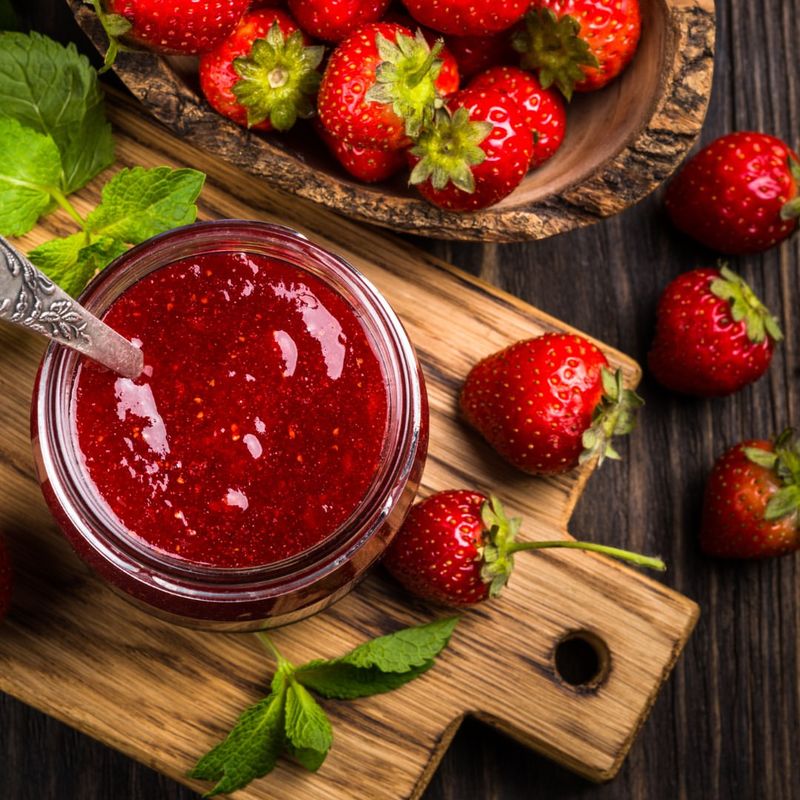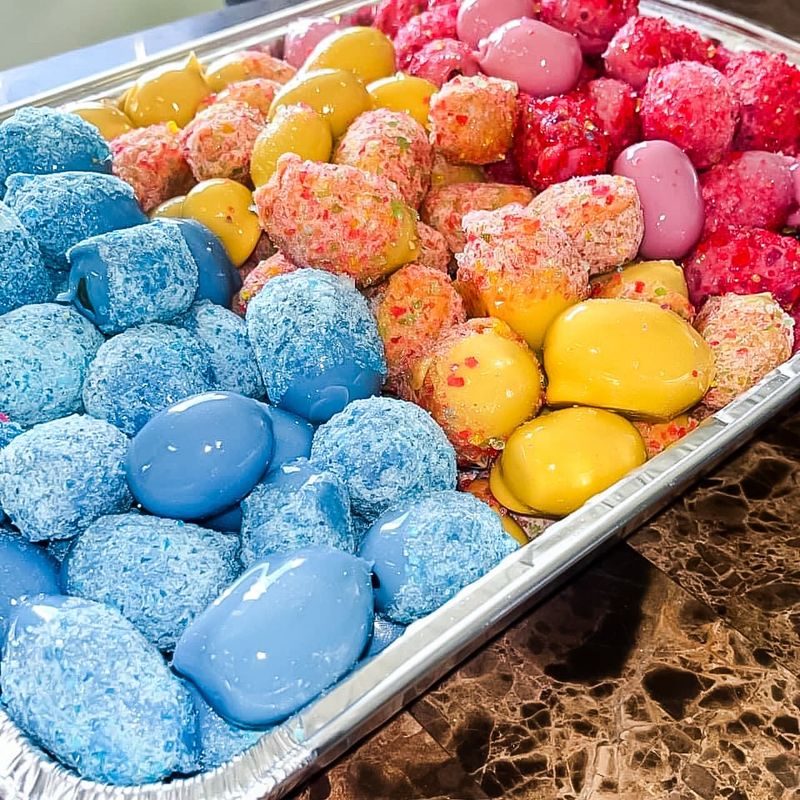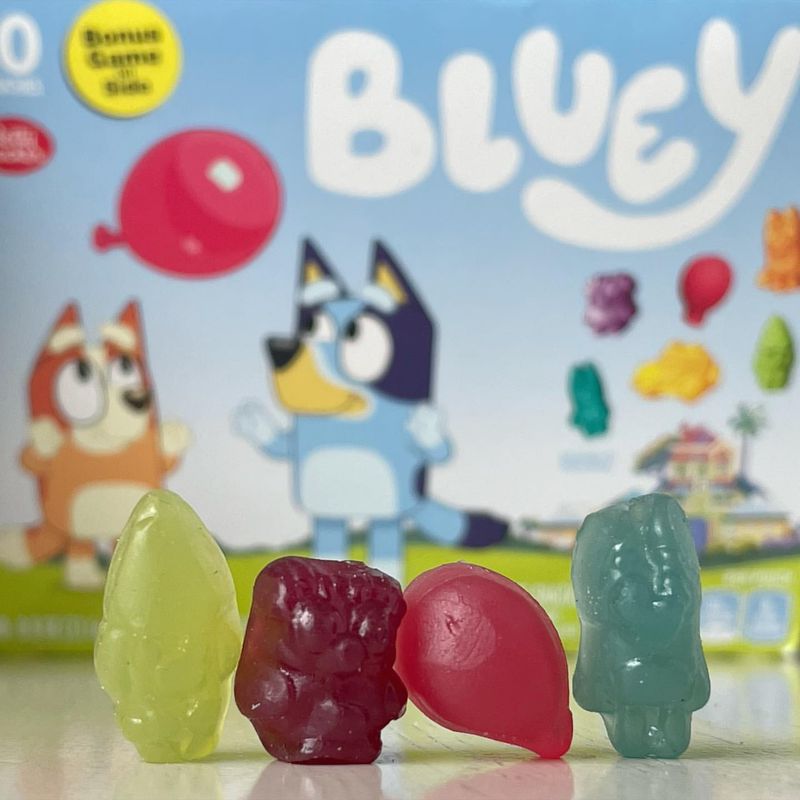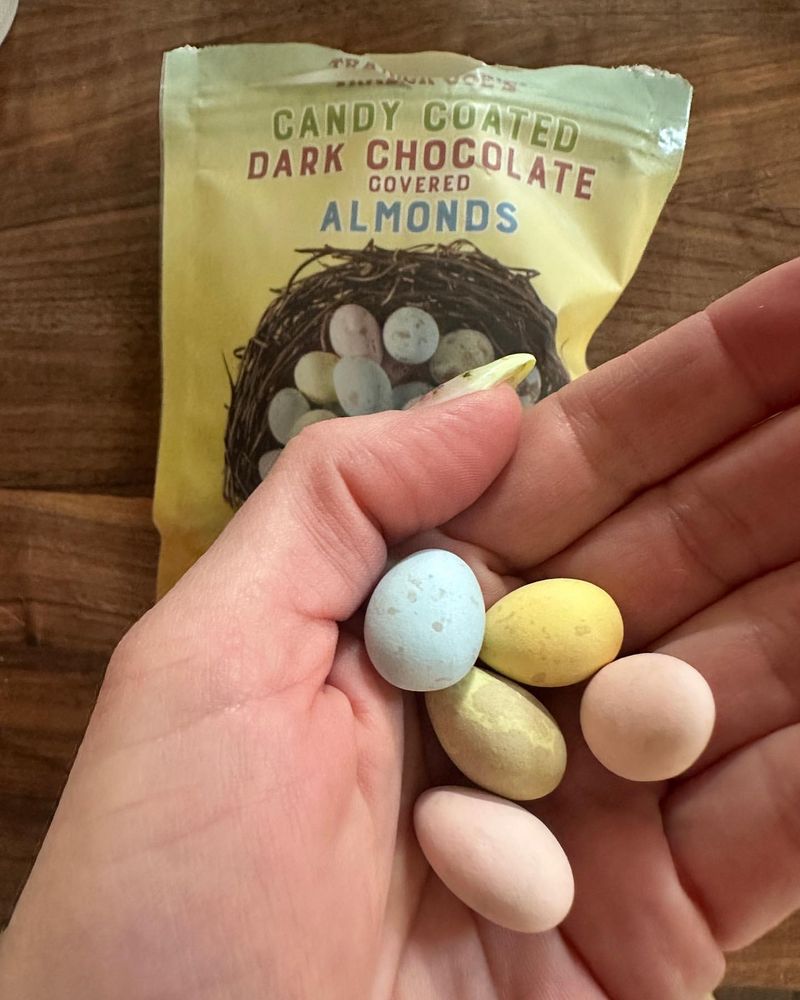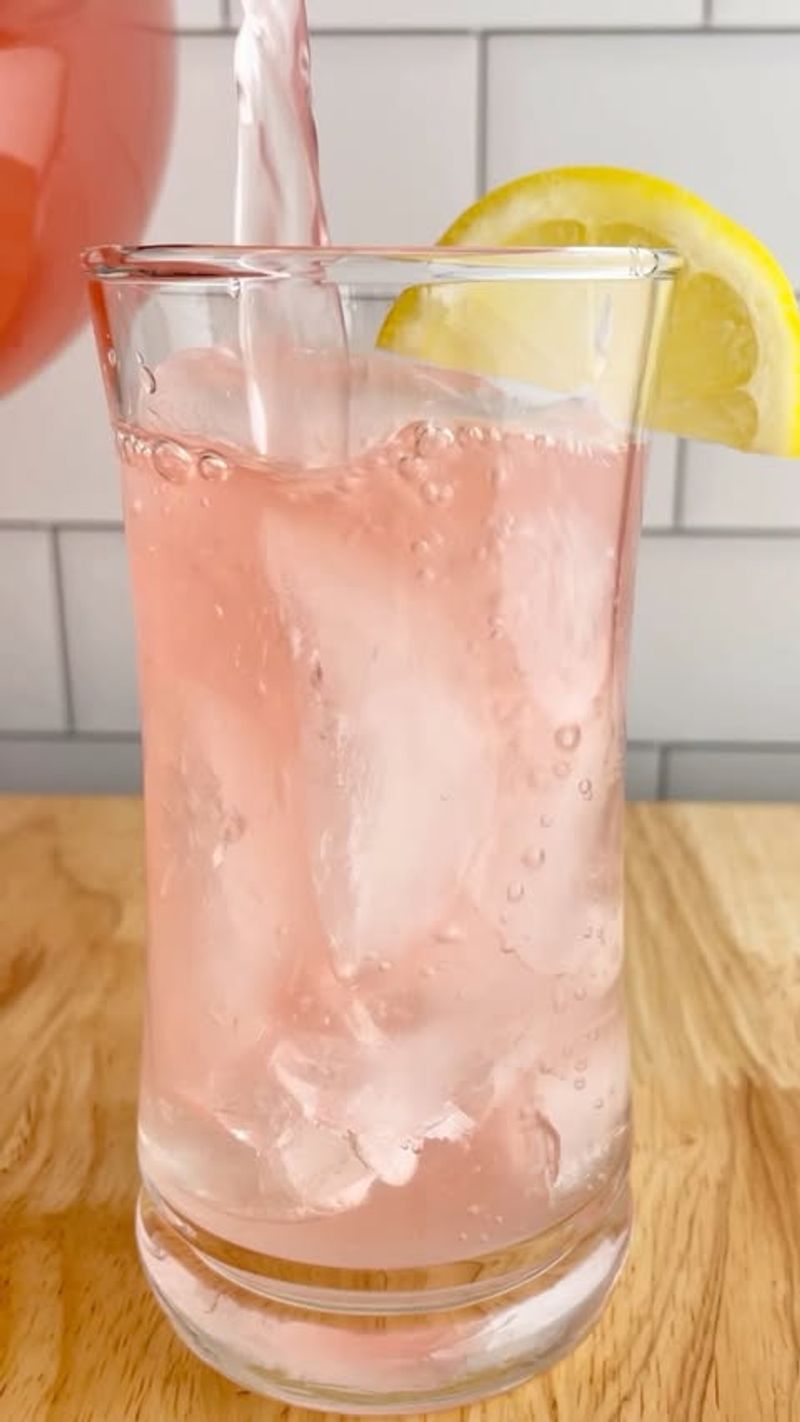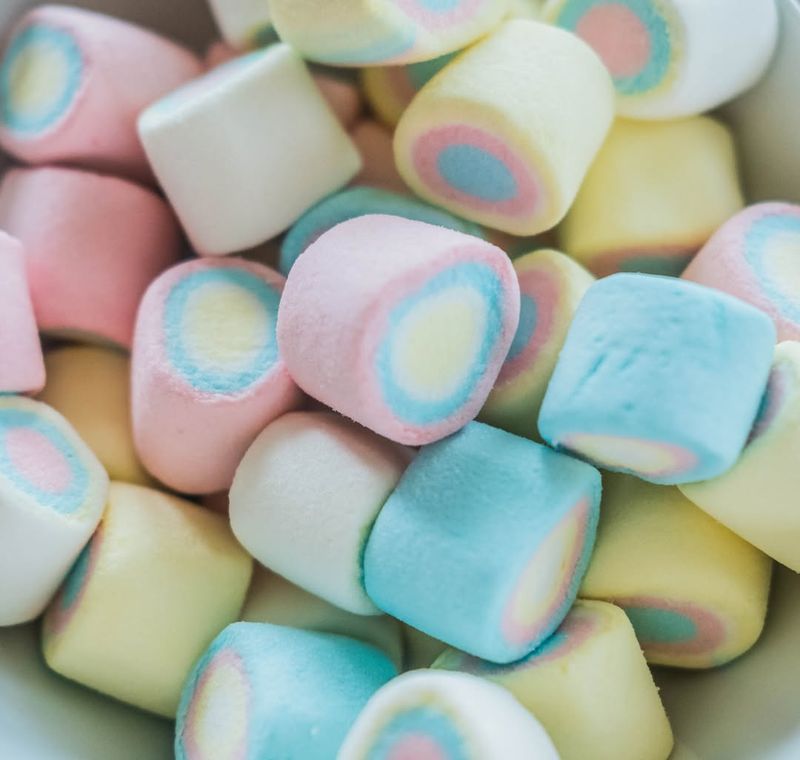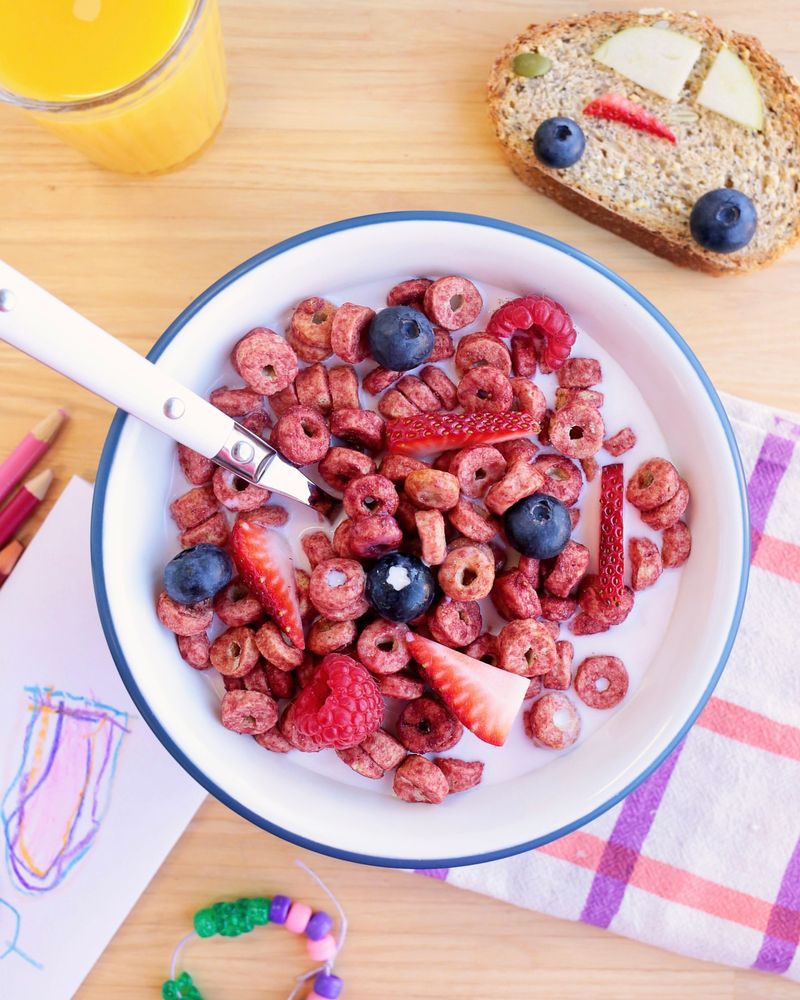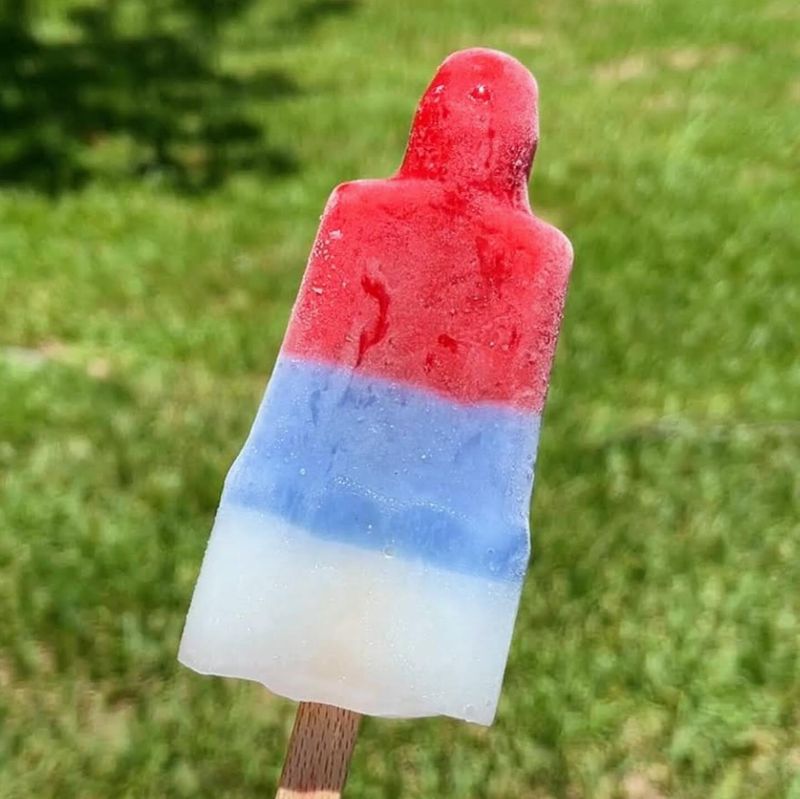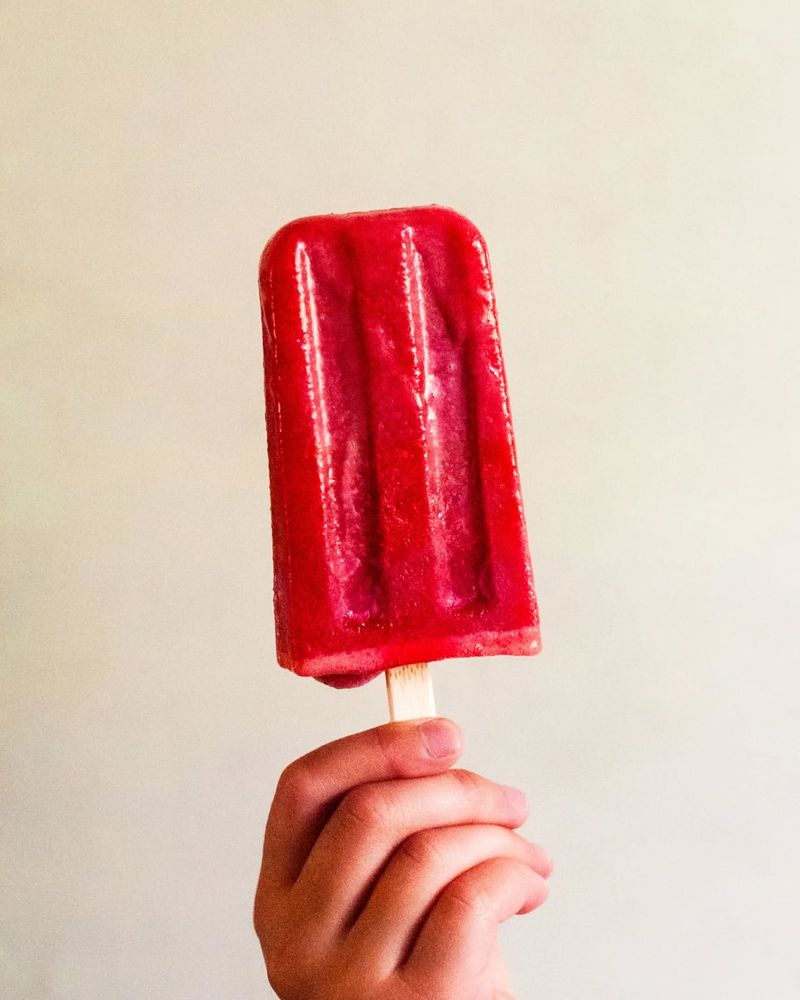For decades, Red No. 3, also known as Erythrosine, has been a ubiquitous food coloring, adding almost cherry-red hue to countless processed goods.
From candies to breakfast cereals, this synthetic dye has been a silent, visually appealing ingredient in our daily diets.
However, recent concerns regarding its potential health risks, have led to bans on its use in specific products. So, let’s talk about the sometimes-hidden world of Red No. 3 and the foods it calls home.
1. Cherry Flavored Candies
When you see candies with that bright cherry flavor, it’s likely they once had Red No. 3. So, don’t be fooled by their sweet appearance.
If you’re cautious about dyes, always read the label. These candies draw consumers with their color, but, where did this eye-catching red come from? That’s right, Red No. 3.
2. Fruit Cocktail
Fruit cocktail, often seen at summer picnics, housed this dye in its cherries. But still, many consumers overlook this detail. The cherries in your fruit cocktail owe their shine to Red No. 3.
Though these cherries are small, they pack a colorful punch. With alternatives on the rise, your fruit cocktail may soon look different. Until then, enjoy each fruit-filled bite wisely.
3. Gelatin Desserts
With their wobble and jiggle, gelatin desserts were classic users of Red No. 3. You’d remember the vivid red it offered, if you’ve ever made one. These desserts were more about the looks than the taste.
So why not choose something else? If nostalgia hits, just remember those bright red bowls with a smile.
4. Red Candied Apples
Red candied apples are a fairground favorite. They were often colored using Red No. 3. I have to admit they aren’t just delicious but also visually appealing.
We eat with our eyes first and it’s no surprise we grab one for its color alone. This classic treat now faces a change in its recipe. Manufacturers are altering their ingredients to meet new regulations.
5. Strawberry-Flavored Jams
Strawberry-flavored jams, a breakfast staple, often had a touch of Red No. 3 to boost their hue. When you spread this on your toast, you probably admired its color.
Manufacturers aimed to make their products visually appealing, and Red No. 3 did the trick. But, how do they adapt now? By venturing into natural alternatives, your morning jam might soon have a different look.
6. Maraschino Cherries
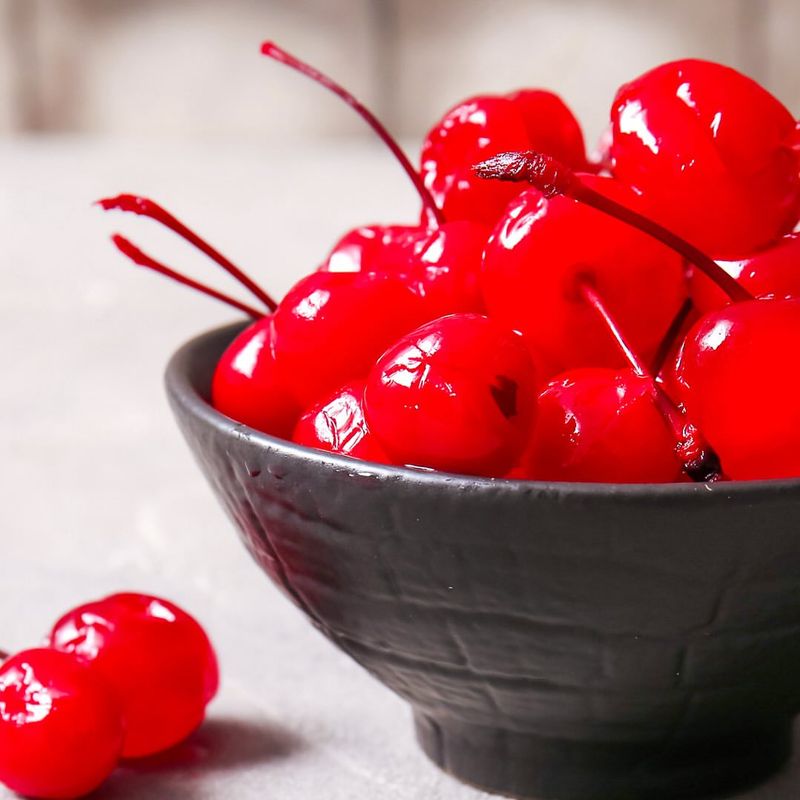
Those bright red gems in cocktails are called Maraschino cherries. And yes, they were popular users of Red No. 3.If you’ve ever garnished a drink, you’d know their allure.
But their story goes beyond just decoration. Next time you enjoy a cocktail, remember the history behind that cherry on top. It may not be the same experience.
7. Candied Fruit
Often used in holiday baking, candied frits were enhanced using Red No. 3. However, these fruits weren’t just about taste. Their visual allure played a big part in their popularity.
By seeking natural dyes, candied fruits are evolving. Your holiday treats might soon reflect this change, offering a new twist on tradition.
8. Pink Icing On Cakes
Pink icing on cakes, an eye-catching treat, sometimes contained this dye.If you’ve baked or bought these, you’d see the vivid color it added. How often did you pick a cake for its color? I know I have.
The baking industry is now shifting towards alternatives. Whether you’re a baker or enjoy cakes, this change might inspire new creations.
9. Fruit-Flavored Snacks
Fruit-flavored snacks, beloved by children and adults alike, often utilized Red No. 3. I’ve packed these in a lot of lunchboxes, but I know better now.
Manufacturers are exploring natural coloring, and these snacks are undergoing a transformation. My next pack might look a bit different, but the fun remains.
10. Red Velvet Cake
The distinct color of red velvet cake is sometimes relied on Red No. 3. You’d know its striking appearance even if you baked it just once. It is because this cake is not just about the flavor but the wow factor.
By turning to natural alternatives, the cake’s future might be different. Enjoy your slice with a fresh perspective.
11. Candy-Coated Chocolates
Candy-coated chocolates, those tiny treats, occasionally featured Red No. 3.You may find yourself indulged in these while watching your favorite TV show.
Their colorful charm is perfect couch companion. I’m glad the industry evolved by seeking new dyes. We all deserve a change to better.
12. Pink Lemonade
It is a shame that a drink so refreshing and visually appealing sometimes contained Red No. 3. A lot of summer memories involve sipping this drink on a hot day, admiring its color.
Think about why you get it. Was it because of the quenching thirst or the presentation? Your next glass might have a slightly different hue.
13. Colored Marshmallows
Colored marshmallows, adding fun to treats, once used Red No. 3. While roasted or snacked on these, their vivid colors comes to life
By exploring new colorings, marshmallows are evolving so don’t worry. Your next cup of cocoa might can still have colored marshmallows in it.
14. Bubble Gum
A true childhood favorite, have to say thank you to Red No. 3 for its pink hue.
If you’ve ever chewed these, you’d recognize their eye-catching color. It was flavorful and fun but with a risk. It is time we change that. The bubble-blowing fun continues, only with less color.
15. Breakfast Cereals With Red Bits
It is no surprise that breakfast cereals with red bits sometimes contain Red No. 3.
You are pouring a bowl, looking at bright pieces. It’s strange to think it can harm you: But it really can. By embracing natural dyes, your morning routine is evolving.
16. Ice Pops
When you say summer, I think Ice pops. A true staple, often comes together with Red No. 3 .
They are an amazing refreshment with an eye catching appearance. But we need to change them! By shifting to natural dyes, they can evolve. Our next bite might be a bit different, but the summer fun remains.
17. Popsicles
For generations, the colors of popsicles have been as much a part of summer as the splash of a pool and the chirping of cicadas. That iconic red, whether in a cherry, strawberry, or raspberry flavor, has been a staple.
However, they are now under a microscope, and many are asking: are our beloved, bright red popsicles next on the chopping block?
18. Red Licorice
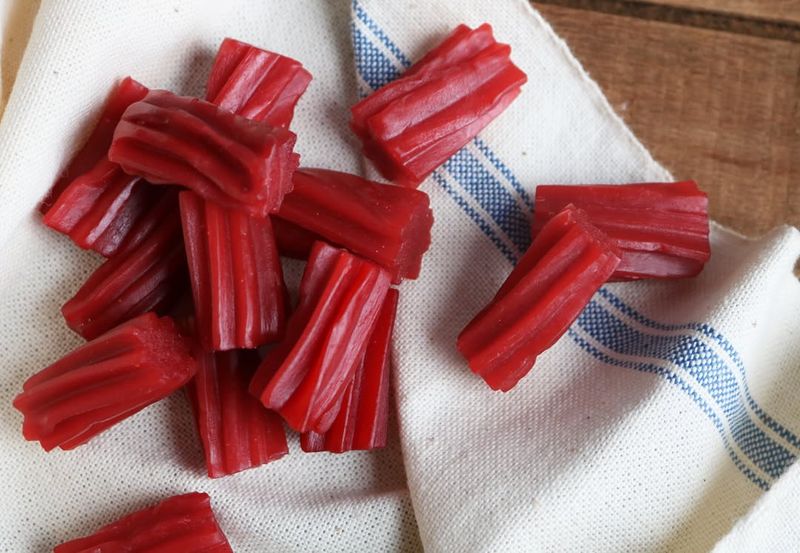
Red licorice are for some a nostalgic treat, a chewy, sugary staple of childhood. For others, it’s a divisive candy.
But beyond the taste and texture, there’s a story involving this red dye that’s causing some renewed scrutiny of this classic confection.
19. Cocktail Mixes
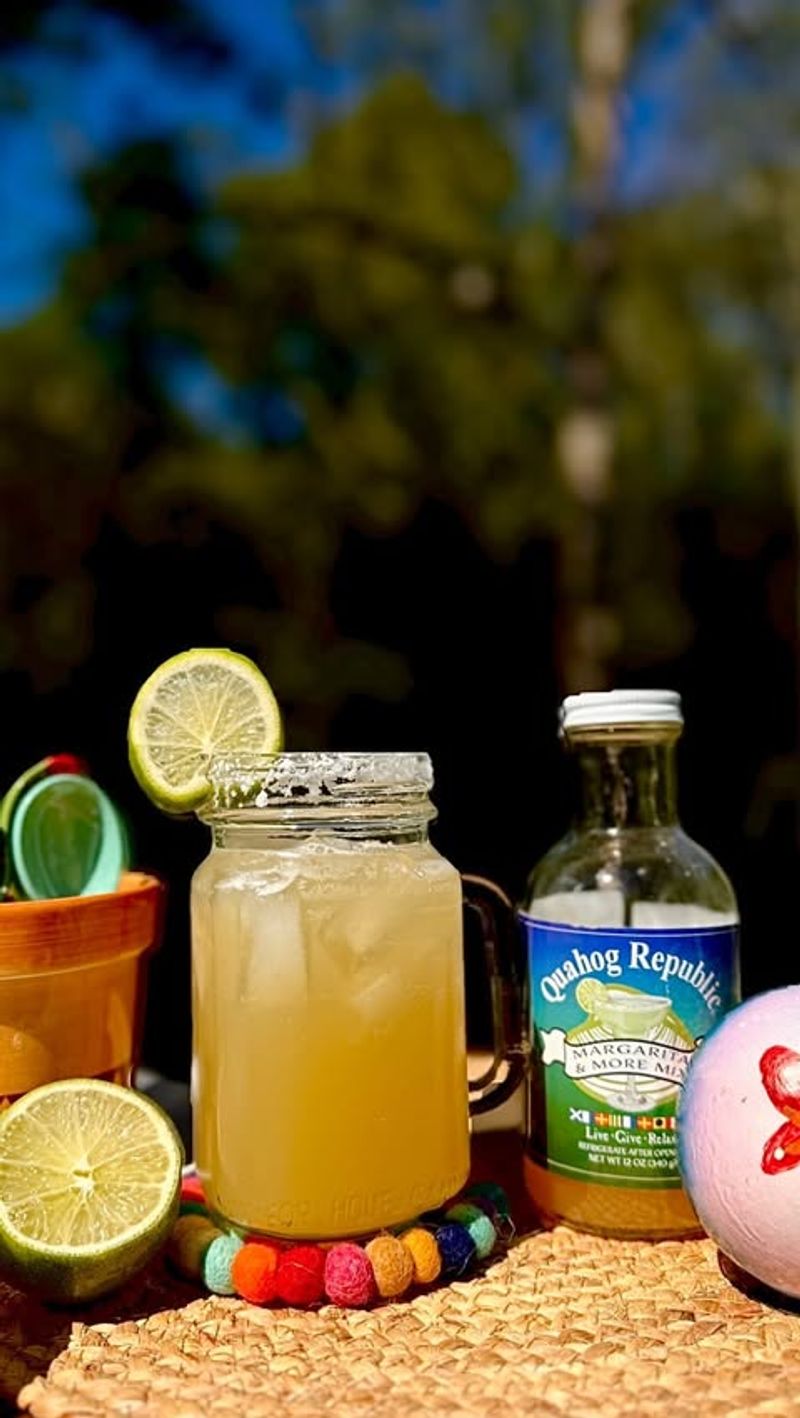
The world of cocktails is a landscape of colors, flavors, and experiences. From the classic crimson of a Negroni to the blushing pink of a Cosmopolitan, color plays a crucial role in enticing the palate.
But behind some of those eye-catching hues, a potentially problematic ingredient may still be lurking: Red Dye No. 3. In the U.S. this dye is in most foods and beverages.
20. Sugar-Coated Jellies
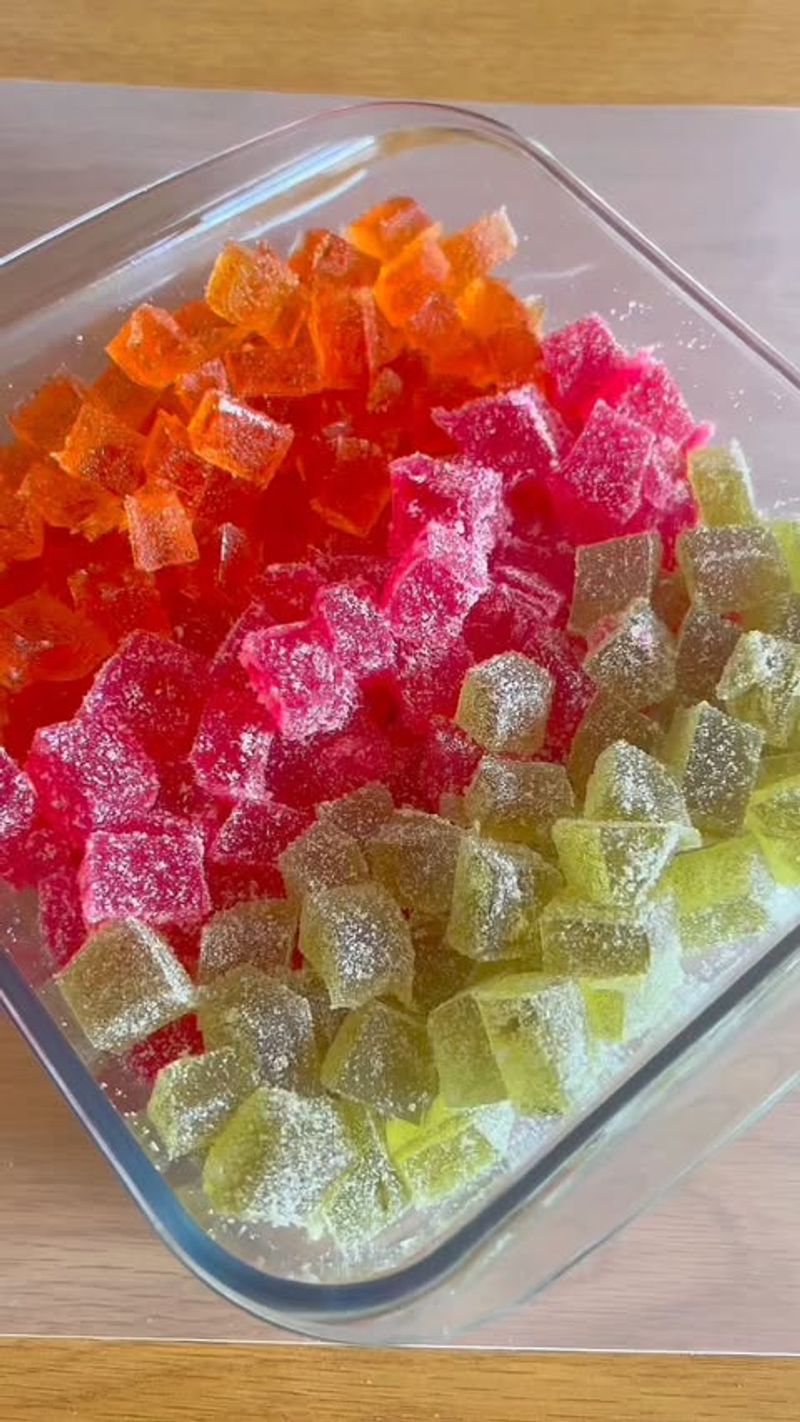
Remember those brightly colored, sugar-coated jellies? Of course you do.
A familiar sight in candy aisles and holiday baskets is a fun memory for a lot of us. Their appeal was undeniable. But beneath that shimmering exterior, a less palatable truth has been simmering, one that has now led to a ban on the Red No. 3.
21. Frosting On Cupcakes
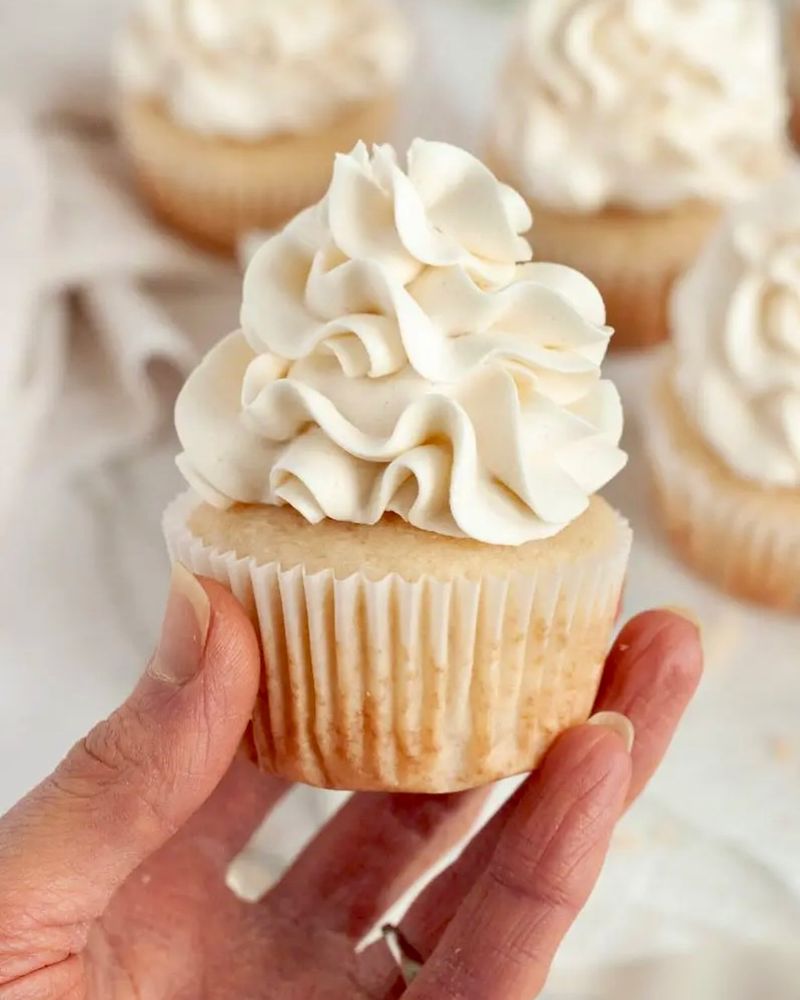
I love to bake cupcakes and frosting is a must. Never thought about frosting being so bad for us. I should have!
Frosting on cupcakes, a baker’s canvas, often contained Red No. 3. If we have to give up on the bright colors of frosting, in order to make it healthier what’s stopping us. By turning to natural dyes, we can make small but important changes.
22. Snow Cones
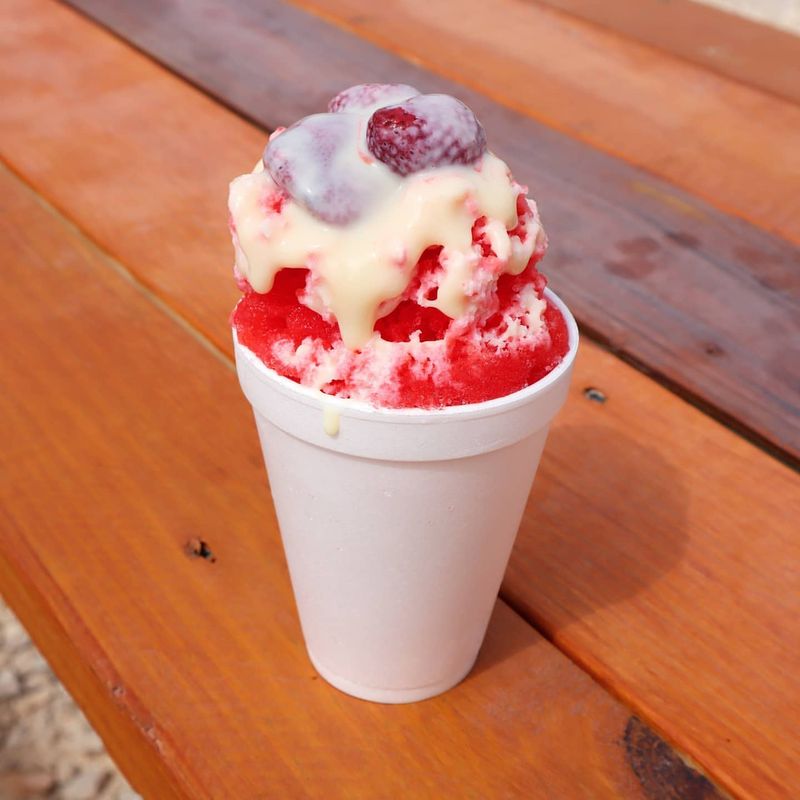
For many, the image of a colorful snow cone is synonymous with summer. The ice scraping, the sticky syrup and the immediate sugary relief – it’s a quintessential childhood memory.
And for a large number of those memories, that bright, almost neon red hue likely came from Red No. 3 dye. But this seemingly innocuous ingredient, once a staple in our favorite summertime treat, has to go!
23. Fruit Drinks With Red Hues

From childhood juice boxes to summer coolers, most of us enjoy fruity flavors. But behind that eye-catching color often lay a controversial secret of Red No. 3 dye.
You’d appreciate their vividness while sipping on them but it came with a great price. A price we are not willing to pay anymore.
24. Red Jellies And Gummies
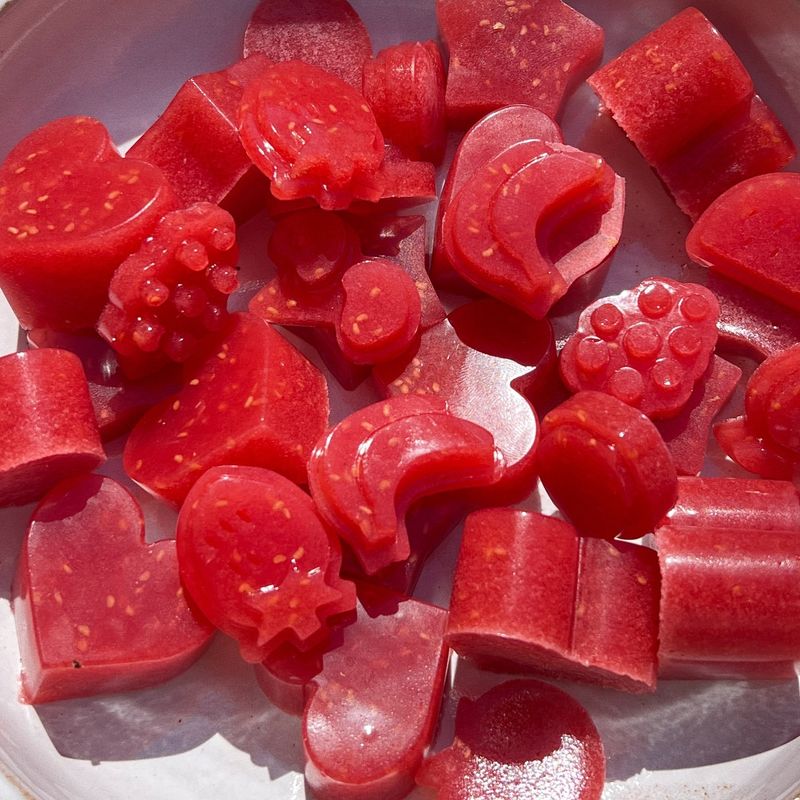
The almost irresistible allure of red jellies and gummies has long been a staple of childhood treats and convenient snacks.
But behind them lies a story of this now-banned artificial food coloring, Red No. 3. In a world full of sweet treats it is not hard to find your new favorite
25. Colorful Lollipops
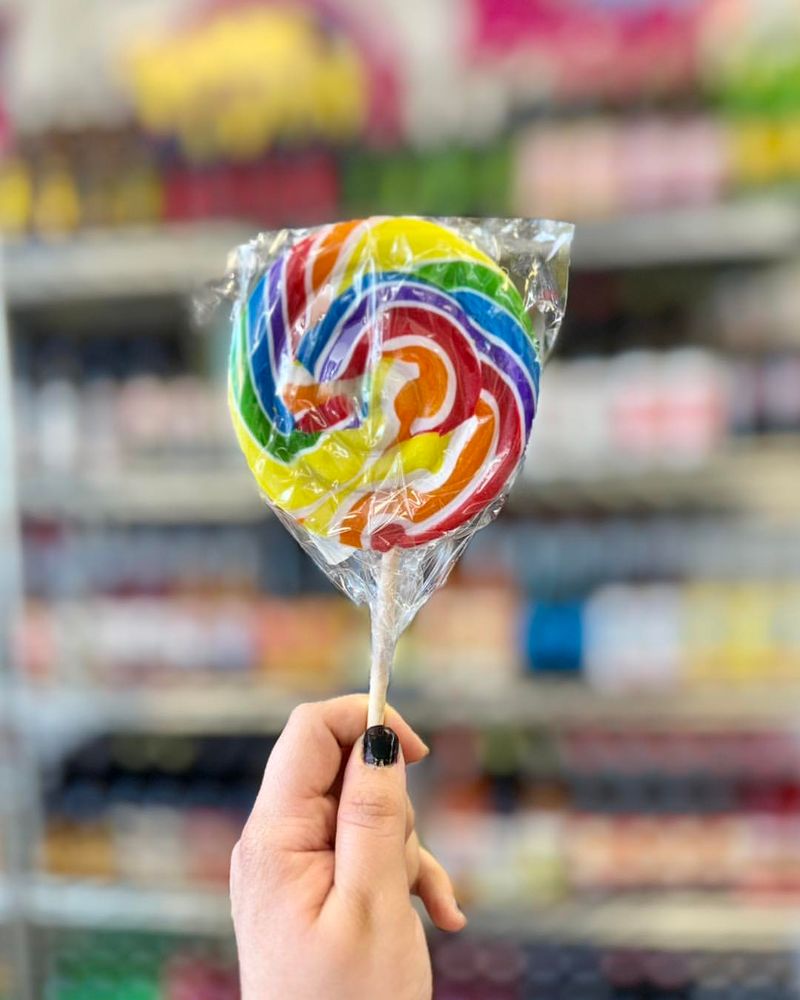
For many, lollipops are a nostalgic treat, a burst of sugary sweetness on a stick.
These colorful delight, sometimes contained Red No. 3. If you’ve ever unwrapped one, I’m sure you admired its bright appearance. How are lollipops changing now? By exploring natural alternatives, these treats are transforming. Your next lollipop might surprise you, offering a fresh twist on a timeless treat.

